

Wondering how to properly cite your scientific research document?
Quite often, students from various scientific fields, particularly chemistry, find it challenging to cite papers accurately. That’s why the American Chemical Society has developed a separate citation format for chemistry papers.
For your ease, we have made this detailed guide on how to follow the ACS citation style precisely. Just like all other citation styles, the ACS style has its set of rules and guidelines.
Worry not, as in this blog, we’ll help you cite your chemistry document flawlessly.
Let’s get started with this comprehensive ACS style guide!
On This Page![]()
- 1. What Is the ACS Citation Format?
- 2. How to Create ACS Style References?
- 3. ACS Citation Referencing for Different Sources
- 4. ACS Style Example Paper
- 5. Common Mistakes to Avoid in ACS Style
What Is the ACS Citation Format?
Serving as the citation standard for scientific papers, the ACS style was developed by researchers in the chemical field. A different citation format was necessary because chemistry research has a few unique needs.
The ACS style is used for papers, articles, journals, and other works that are related to the field of chemistry. ACS and other styles like APSA, NLM, and IEEE are used by specific fields and are not as widely used as some others.
Being a chemistry student, chances are you’ll find yourself in situations where citing in the ACS format is required. That's why, understanding how to cite according to this style is crucial.
Currently, we follow the ACS Style Guide, 3rd Edition.
Let’s see how one should go about creating references in the ACS style.
How to Create ACS Style References?
To cite your paper according to the ACS format, you need to cite references in-text and list them at the end. Every in-text reference corresponds to the citation list at the end of the paper.
There are some distinct guidelines to follow for both ACS style citations in text and reference lists. We’ll introduce you to them one by one.
In-Text Citation Using ACS Format
The ACS style is a numbered format, meaning that you should cite sources in the text using a number. There are 3 ways you can use ACS in-text citation.
Using Superscript Numbers
This citation method is used for printed versions of ACS-style publications. As superscript numbers are smaller, they don’t distract the reader that much while reading.
It's your choice whether to include the superscript number at the end or in between the sentences.
For Example:
|
Using Numbers in Parenthesis
Following the ACS style, we use parenthesis with italic numbers in between for online manuscripts and journals. This is because it is easier to click the citation numbers to view the full references.
For Example: The rate of the reaction was found to be proportional to the concentration of both reactants (1). |
If you are citing multiple sources at the same time, separate the numbers with commas.
The results of this study are consistent with previous findings (2, 3). |
Using Author Name and Year of Publication
Simply use the author's last name and the year of publication in parentheses.
For Example: The rate of the reaction was found to increase with temperature (Smith 2023). |
If you are citing multiple sources in the same sentence, separate the citations with semicolons:
The rate of the reaction was found to increase with temperature (Smith 2023; Jones 2022). |
If you are citing a specific page number or figure number, include that information after the year of publication:
The experimental procedure is described in detail in the Supporting Information (Smith 2023, p. S1). |
Some Tips for In-Text ACS Citation
Follow these tips to avoid any mistakes when you’re citing ACS references in your text:
- Utilize a single in-text citation method and maintain consistency throughout your document.
- Place the reference in a logical context within your text.
- Start numbering references with “1” and maintain consecutive numbering throughout the paper, including references in the main text, tables, or figures.
- Do not assign a new number if a reference is repeated; use the original number.
- When citing multiple references in the same location with one of the numerical systems, list the numbers in ascending order, separated by commas (without spaces in superscript format, and with spaces in line format).
- Example: “…in the literature4, 5, 6-8”
- Example: (inline format): “…in the literature (4, 5, 7-9)”
Now that we’ve covered how you would format your in-text citations, let’s see what are the guidelines for reference lists in ACS style writing.
ACS Citation Referencing for Different Sources
Much like other citation styles, the references list appears at the end of the document in a numerical order.
For creating a reference list in ACS style format, follow these instructions:
Journal references should contain:
- Author names
- Abbreviated journal titles
- Year of publication
- Volume number
- Initial page of the cited article (complete page span is preferable)
Book references should include:
- Author or editor names
- Book title
- Publisher
- City of publication
- Year of publication
Non-book/journal article materials need clear identification and always end references with periods. You should format author names as initials (with spaces), and last names first. Include all author names and use semicolons for multiple authors.
To know how you should format the references for different sources, take guidance from the below formats with examples.
For Books
Author, A.; Author, B. Book Title, 2nd ed.; Publisher: Location, Year; Volume, pp 100-115.
Example: |
For A Chapter in Book
Author, A.; Author, B. Title of Chapter. In Title of Book, 2nd ed.; Series Information, Vol. 3; Publisher, Year; pp 100-115. DOI or URL.
Example: |
For An Edited Book
Title of Book, 3rd ed.; Editor, A.; Editor, B., Eds.; Series Information (if any); Publisher, Year. DOI or URL.
Example: |
For A Book in Series
Author, C.; Author, D. Title of Chapter. In Title of Book; Editor, X.; Editor, Y., Eds.; ACS Symposium Series 1234; American Chemical Society, 2018; pp 200-215. DOI or URL.
Example: |
For E-Books
Author, C.; Author, D. Book Title [Online]; Series Information; Publisher: Place of Publication, Year; Volume, Pages Used.
URL (accessed Month Day, Year).
Example: |
For an Edited E-Book
Author of Part, A. A.; Author of Part, B. B. Title of Chapter or Part. In Title of E-book: Subtitle of E-book; Editor, A. A., Editor, B. B., Eds.; Publisher, Year; pp page numbers. Internet address (accessed Year-Month-Day). Or DOI.
Example: Kathy, J. R.; Janson, L. Organic Reactions. In Chemistry Advances: Contemporary Developments in Chemical Science; Harris, M. A., Johnson, P. Q., Eds.; Wiley, 2022; pp 45-58. https://www.wiley.com/chemistry-advances (accessed 2023-04-15) |
With DOI:
Example: Warner, J. R.; Muhammad, L. Organic Reactions. In Chemistry Advances: Contemporary Developments in Chemical Science; Harris, M. A., Johnson, P. Q., Eds.; Wiley, 2022; pp 45-58. DOI: 10.1234/5678. |
For Magazine or Newspaper Articles
Author, X.; Author, Y. Title of Article. Title of Periodical, Complete Date, pp 20-25.
Example: Garcia, M.; Martin, P. Advances in Green Energy. EcoMag, November 2018, pp 12-17. |
For Scholarly Journal Article (Accessed from the Internet)
Author 1; Author 2; Author 3; etc. Title of Article. Journal Abbreviation [Online], Year, Volume, Issue, Page Range. DOI or URL (accessed Date).
Example: Harris, L.; Clark, M. Analyzing Electrochemical Reactions. J. Electrochem. [Online] 2016, 5, 228-236. |
Scholarly Journal Article (Library Database)
Author, G.; Author, H. Title of Article. Journal Abbreviation [Online], Date, Pages. Database Name. Complete URL of the database (accessed date).
Example: Mitchell, S.; Parker, R. Advances in Nanotechnology. Nano Insights [Online] May 5, 2019, p 33. SciFinder. |
Scholarly Journal Article (Printed)
Author(s). Title of Article. Journal Abbreviation Year, Volume, Page Range.
Example: Roberts, A. R.; Harry, L. Recent Advances in Organic Synthesis. J. Chem. Soc. 2022, 44, 123-135. |
In case the journal is available in both print and electronic versions, cite the electronic form. If it has not been published in print form yet, then use the below format to cite it.
Example: Thompson, E. M.; Roberts, K. S.; Baker, D. J. Recent Developments in Nanotechnology Applications. Nano Lett. [Online early access]. DOI: 10.1234/5678. Published Online: April 10, 2023. https://www.example.com/nanolett (Accessed April 15, 2023). |
ACS Citation Format Website
Author or Organization (if any). Title of Site. URL (accessed YYYY-MM-DD).
Example: Environmental Protection Agency. Toxic Substances Control Act (TSCA). https://www.epa.gov/laws-regulations/summary-toxic-substances-control-act (accessed 2023-04-15). |
For an online document, use this format:
Author 1; Author 2; et al. Title of Document. Title of Site or Organization, date. URL (accessed YYYY-MM-DD).
Example: Anderson, A. J.; Mitchell, B. H.; et al. Developments in Green Chemistry. Green Chemistry Consortium, 2022. https://www.greenchemconsortium.org/developments (accessed 2023-04-15). |
For a blog post, use for format to reference the blog in ACS style:
Author 1; Author 2; et al. Blog Post Title. Blog Title. Title of Site or Publisher (if any), date. URL (accessed YYYY-MM-DD).
Example: Anderson, A. J.; Mitchell, B. H.; James, K. M.; et al. Recent Advances in Renewable Energy. EcoTech Blog. EcoTech News, April 10, 2023. https://www.ecotechnews.com/renewable-energy-advances (accessed 2023-04-15). |
ACS Citation for Multiple Authors
When there are more than two authors, add ‘et al.’ after the first two authors.
| Richards et al. (14) |
For Lab Manual Papers
Author 1; Author 2; etc. Title of Book, Edition Number; Publisher: Location, Year; Volume number, pp Pages Used.
Example: Smith, J. R. Chemistry 301 Laboratory Handbook; University of XYZ: Anytown, USA, 2015; p 36 |
For Print Reference Works
Author, A. A., Author, B. B. Article Title. In Title of Reference Work, Edition Information; Editor, E. E., Eds.; Publisher, Year; Volume, pp Pagination.
Example: Johnson, S. R., Smith, L. M. Spectroscopy Techniques. In Encyclopedia of Analytical Chemistry, 3rd ed.; Anderson, P. Q., Williams, R. J., Eds.; Wiley: New York, 2020; Volume 4, pp 256-268. |
For Online Reference Works
Author, A. A., Author, B. B. Article Title. In Title of Reference Work, Edition Information; Editor, E. E., Eds.; Publisher, Year. DOI or URL.
Example: Johnson, S. R., Smith, L. M. Spectroscopy Techniques. In Encyclopedia of Analytical Chemistry, 3rd ed.; Anderson, P. Q., Williams, R. J., Eds.; Wiley: New York, 2020. https://www.example.com/spectroscopy (accessed 2023-04-15). |
For Thesis Documents
Author. Title of Thesis. Level of Thesis, Degree-Granting University, Location of University, Date of Completion.
Example: Johnson, S. R. Spectroscopic Analysis of Organic Compounds. Ph.D. Dissertation, University of California, Los Angeles, CA, 2022. |
For the Patents
Patent Owner 1; Patent Owner 2; etc. Title of Patent. Patent Number, Full Date.
Example: Smith, J.; Johnson, M. Catalytic Converter for Automobiles. US Patent 7,654,321, May 3, 2020. |
For Meetings and Conferences
When making the full citation for one of the said sources, follow the below format:
Author 1; Author 2; etc. Title of Presentation. In Title of the Collected Work, Proceedings of the Name of the Meeting, Location, Full Date(s); Editor 1, Editor 2, etc., Eds.; Publisher: Place of Publication, Year; Abstract Number, Pagination.
Example: Johnson, S. R.; Smith, L. M. Recent Advances in Organic Synthesis. In Proceedings of the 12th International Conference on Organic Chemistry, New York, NY, July 15-18, 2022; Brown, M. A., Williams, R. J., Eds.; Wiley: New York, 2023; Abstract 234, pp 45-48. |
Sometimes the student just wants to cite the abstract of the meeting or the conference. When doing this, follow the below format:
Author 1; Author 2; Author 3; etc. Title of Presentation. Title of the Collected Work, Proceedings of the Name of the Meeting, Location, Full Date(s); Publisher: Place of Publication, Year; Abstract Number, Pagination.
Example: Anderson, A. J.; Mitchell, B. H. Advancements in Organic Chemistry. Chemistry Symposium 2023, Proceedings of the 15th International Chemistry Symposium, Chicago, IL, June 7-10, 2023; ACS Publications: Washington, D.C., 2023; Abstract 132, pp 57-61. |
For Bulletins and Technical Reports
Author 1; Author 2; etc. Title of Report or Bulletin; Technical Report or Bulletin Number; Publisher: Location, Date; Pagination.
Example: Johnson, S. R.; Smith, L. M. Advancements in Green Energy Technologies; Technical Report 2022-07; ACS Publications: Washington, D.C., 2022; 45 pages. |
For a Document Published on an Agency’s Database
Author 1; Author 2; etc. Title of Document, Year. Title of Site. URL (accessed Month Day, Year).
Example: Anderson, A. J.; Mitchell, B. H. Advancements in Renewable Energy Sources, 2022. Department of Energy Resources. https://www.energydepartment.gov/renewable-energy-report (accessed October 5, 2023). |
For Computer Programs
Author 1; Author 2; etc. Program Title, version, or edition; Publisher: Location, Year.
Example:
|
ACS Style Example Paper
With the help of a sample paper, students can better understand how to properly cite papers according to the ACS format. Take a look at the sample paper attached below.
Common Mistakes to Avoid in ACS Style
Quite often, students make some common mistakes while formatting their papers according to the ACS format. Below are some mistakes that you should avoid:
- Incomplete Information: Ensure that all necessary elements (authors, title, journal name, volume, page numbers, publication date, etc.) are included for each citation
- Incorrect Order of Elements: Follow the correct sequence of elements for each citation. For example, in ACS style, the order is Author(s), Title of Article, Journal Abbreviation, Year, Volume, Page Range
- Incorrect Journal Abbreviations: Use the correct abbreviations for journal titles as specified by ACS. Check the official ACS Style Guide or the CASSI (Chemical Abstracts Service Source Index) for accurate abbreviations
- Inconsistency in Formatting: Be consistent with formatting throughout your paper. Pay attention to italicization, bolding, and punctuation in both in-text citations and the bibliography
- Missing DOI or URL: Include DOIs (Digital Object Identifiers) or URLs for online sources when available. This is particularly important for electronic journal articles
- Improper Use of Et al.: Use “et al.” (meaning “and others”) correctly in the list of authors for sources with more than three authors. Do not italicize “et al.”
- Incorrect Use of Superscript Numbers: Place superscript numbers outside of punctuation marks (e.g., after a comma or period) and ensure they are in chronological order
- Misuse of Citation Styles: Differentiate between citation styles for different sources (journal articles, books, websites, etc.) and be consistent in applying the appropriate style
To conclude,
Being a student from a scientific field, you need to understand how the ACS citation style works. You’ll be asked many times to submit papers that conform to the ACS format.
By following this guide, you’ll have a deeper understanding of how to write in-text ACS citations, and the reference list as well.
Still, if you require help with research papers where you need ACS citation style, you can get assistance from our paper writing service.
With the help of skilled academic writers, you can shine a cut above the rest after submitting your papers.
Besides, if you are planning to 'pay to do my essay', we'll get your work done with precise citations and referencing.
We'll make sure that your work meets academic integrity and gets all the praise it deserves!
Frequently Asked Questions
Is ACS citation alphabetical?
A list of references is required at the end of each paper. The order in which they are cited should reflect their appearance throughout the body, not alphabetically by author name.
Do we use indentation in ACS format?
Yes, use a hanging indent for all reference entries in ACS style, except for the first line.

Write Essay Within 60 Seconds!
Use our AI tool to generate high quality essayWRITTEN BY
Alexander P.
Harvard Law graduate. I write law essays with the precision and rigor expected at top law schools.
Keep reading
Different Citation Styles: Detailed Guide With Tips
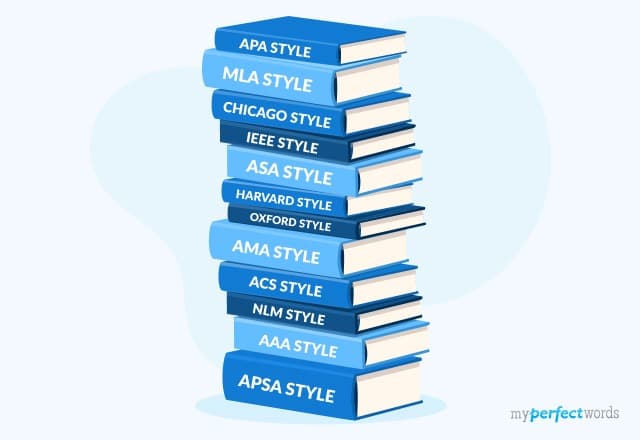
MLA Formatting Simplified - Rules for Page Formatting, Citations, & References
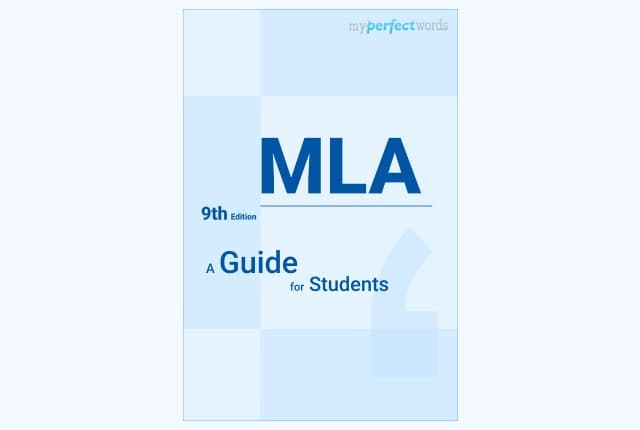
Understanding the APA Format: A Complete Guide with Examples
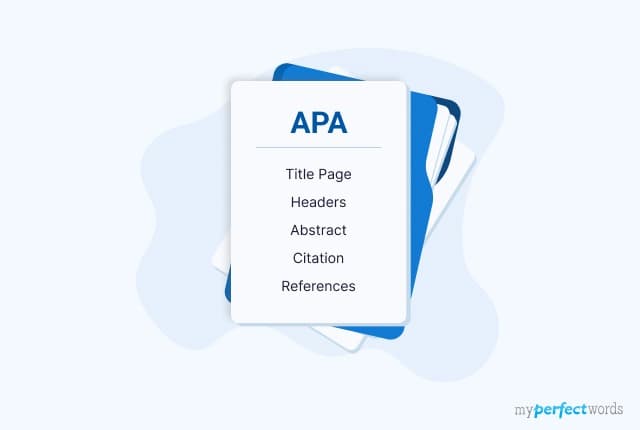
APA vs MLA | The Key Differences and Similarities
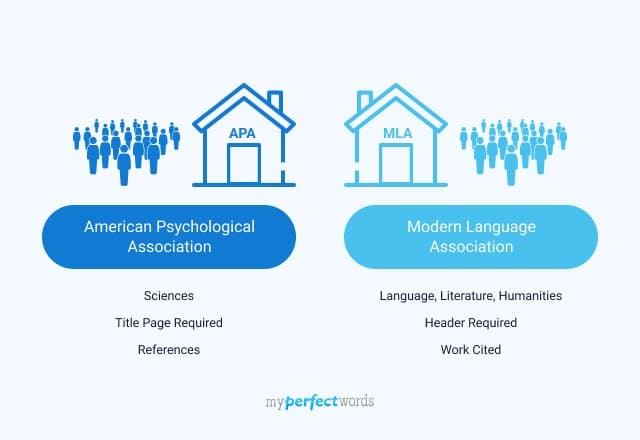
How to Cite in Chicago Style - Examples and Tips
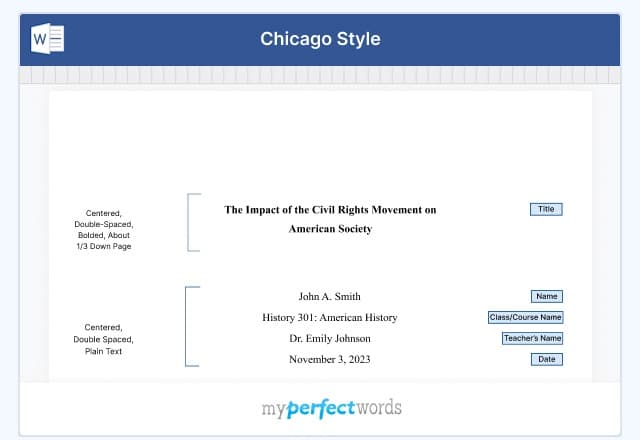
Learn IEEE Citation and Formatting With This Simple Guide

Mastering ASA Format: Guide to Proper Academic Writing
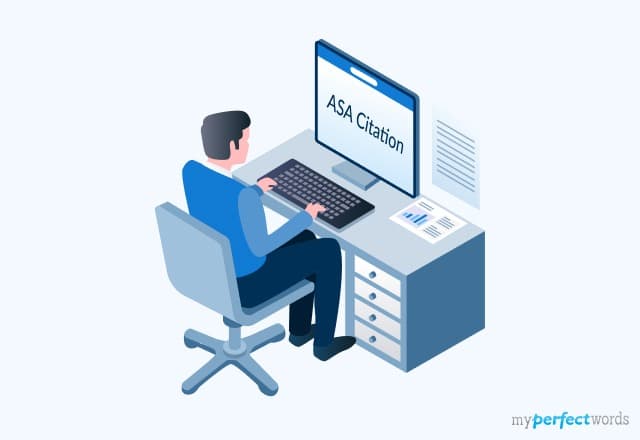
How to do Harvard Style Citation - Format, Citation and Samples

How to Cite in AMA Style - Formatting & Examples

How to Master NLM Citation: A Detailed Guide With Tips
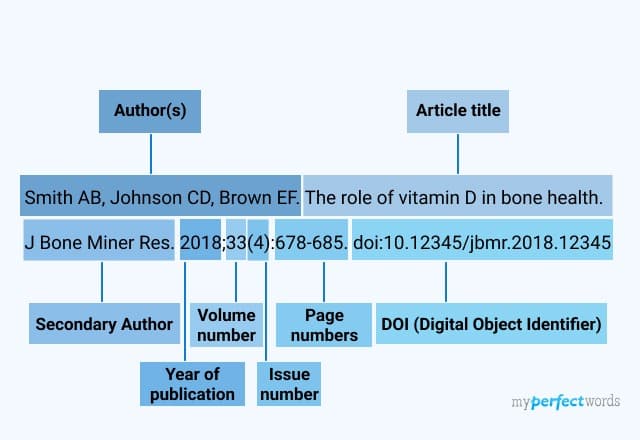
A Complete AAA Citation Guide with Examples

Simple APSA Citation and Formatting Guide for Students

How to Cite in Oxford Referencing Style - Complete Guide
